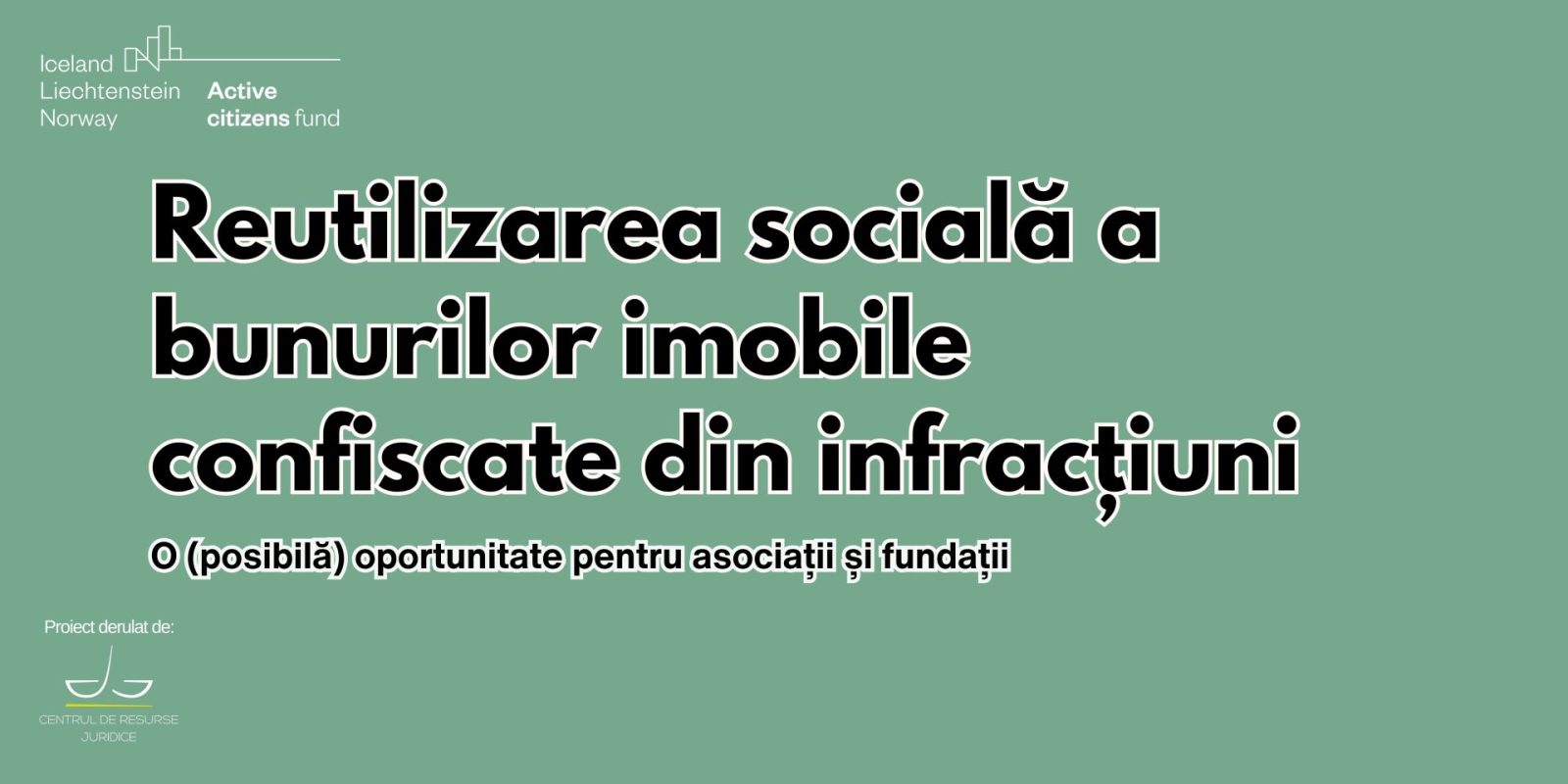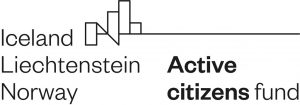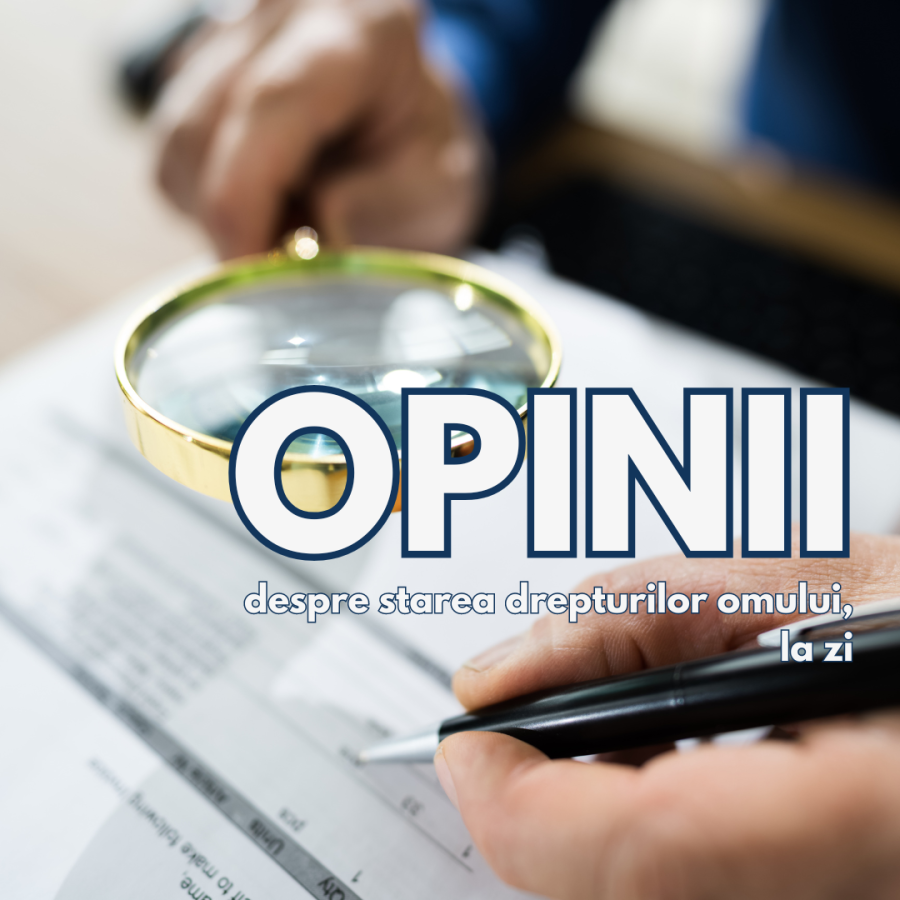The reuse of assets confiscated as a result of its use in criminal activity is not a new concept, at least not in legislative terms. It has been present in European legislation since 2014 in Directive 2014/42/EU[1] and in national legislation since 2015 through the adoption of Law no. 318/2015 for the establishment, organisation and functioning of the National Agency for the Administration of Confiscated Assets and for the modification and completion of some normative acts[2]. What does this concept entail? In short, it represents the transfer free of charge or the transfer for use of assets confiscated from criminal activity to public institutions, administrative-territorial authorities or non-governmental organisations for the purpose of being used for social or public interest objectives.
In what follows, we will turn our attention to a (possible) opportunity for associations and foundations to receive free use of real estate that has become the private property of the state through confiscation.
In this regard, Law No 318/2015 provides as follows:
“Art. 34 – Immovable property that has entered, through confiscation, into the private property of the State may be transferred free of charge into the private domain of administrative-territorial units, at the request of the county council, respectively the General Council of the Municipality of Bucharest or the local council, according to circumstances, by Government decision, initiated by the Ministry of Public Finance at the proposal of the Agency, to be used for objectives of a social nature.
Article 35 – Immovable property that has become the private property of the State through confiscation may be given free of charge to associations and foundations, as well as to the Romanian Academy and branch academies established on the basis of a special law, by Government decision, initiated by the Ministry of Public Finance at the proposal of the Agency, to be used for social objectives of public interest or in relation to their object of activity, as the case may be.”
Article 36 of the same law provides that “The regulation on the social reuse of real estate that has entered, through confiscation, into the private property of the State shall be approved by Government decision within 180 days from the date of entry into force of this law.” Such a regulation is not available at the moment, there is only an old draft Government Decision on the approval of the Regulation on the reuse of real estate entered, by confiscation, into the private property of the state, dating from 2017.[3] In 2016, the CLR submitted a proposal for a regulation on the social reuse of real estate entered, by confiscation, into the private property of the state.[4]
Also, in the absence of a regulation currently available, on the official ANABI website there is a section called “Procedures and forms in word format for social reuse requests”, but it does not include any information or documents attached to this section[5].
The need for the adoption of the regulation provided for in Article 36 of the Law is visible in relation to the unpalatable results of the provisions on social reuse of confiscated real estate.
ANABI data at the end of 2023[6] indicate that, during the 7 years of activity of the agency, one of the results is: “the first real estate confiscated and reused in the public interest and a second real estate that is in the process of promotion of the draft Government Decision”. Thus, the lack of an information campaign on these possible mechanisms for non-governmental organisations, as well as the lack of a regulation on how to effectively access these mechanisms, is reflected in the fact that in 7 years only one building has been reused in the public interest, according to data available on the Agency’s website.
New/other ways of involving civil society
In 2022, the Law no. 318/2015[7] was amended and supplemented, bringing the following changes that we consider useful for NGOs:
The National Support Mechanism for Crime Prevention has been set up, by which the amounts allocated can be used exclusively for assistance and protection of victims of crime – including for emergency situations, crime prevention, legal education and strengthening the administrative capacity, including logistics, of institutions responsible for identifying, administering or recovering seized assets. The sums from the mechanism are distributed among different institutions and entities, of which 15% to ANABI for non-reimbursable financing of projects proposed by associations and foundations working in the field of assistance and protection of victims and social assistance (Art. 372(f)).
In addition, the new provisions make it incumbent on the competent public institutions and authorities, as well as associations and foundations working in the field of assistance and protection of victims and social assistance, to distribute vouchers (art. 3715), which the CLR has already written about: https://www.crj.ro/en/vouchers-for-victims-of-crime/ and https://www.crj.ro/en/legislation-on-the-rights-of-victims-of-crime-some-comments-and-proposals/.
Resources:
Study “Reuse for social purposes of assets confiscated from crime”, available at: www.crj.ro/wp-content/uploads/2015/10/Reutilizarea-bunurilor-confiscate-RO.pdf, CLR, 2015
Report Targeting, assessing and informing victims of crime: Romania, CLR, 2019
[1] Directive 2014/42/EU on the freezing and confiscation of instrumentalities and the proceeds of crime committed in the European Union, available at: https://eur-lex.europa.eu/legal-content/RO/TXT/HTML/?uri=CELEX:32014L0042The Directive urges Member States, in Article 10 para. (3), “to consider adopting measures to enable confiscated property to be used for public benefit or social purposes”.
[2] Law no. 318/2015 available at: https://legislatie.just.ro/Public/DetaliiDocumentAfis/174284 [3] Draft Government Decision on the approval of the Regulation on the re-use of immovable property that has entered, through confiscation, into the private property of the State, as well as the Explanatory Note, available at: https://old2.just.ro/proiectul-de-hotarare-a-guvernului-privind-aprobarea-regulamentului-pentru-reutilizarea-bunurilor-imobile-intrate-prin-confiscare-in-proprietatea-privata-a-statului/ [4] CLR proposal for a Regulation on the social reuse of immovable property, 2016, available at: www.crj.ro/wp-content/uploads/2016/04/Propunere_Regulament_Reutilizare_Imobile.pdf [5] https://anabi.just.ro/info/proceduri-si-formulare-in-format-word-pentru-solicitari-de-reutilizare-sociale [6] https://anabi.just.ro/storage/uploads/69b28f38-ddc0-48cd-97ca-b3bb3b171732/ANABIgram5site.pdf [7] By Law No. 230/2022 on the amendment and completion of Law No. 318/2015 on the establishment, organisation and functioning of the National Agency for the Administration of Seized Assets and on the amendment and completion of some normative acts, as well as on the amendment and completion of Law No. 135/2010 on the Code of Criminal Procedure.


